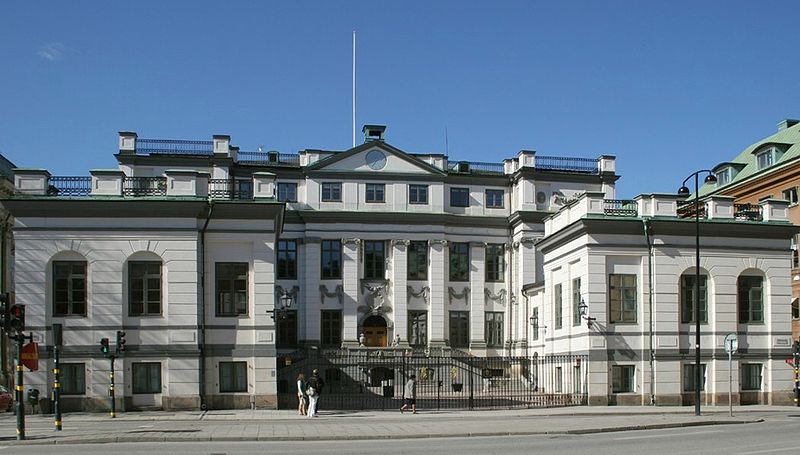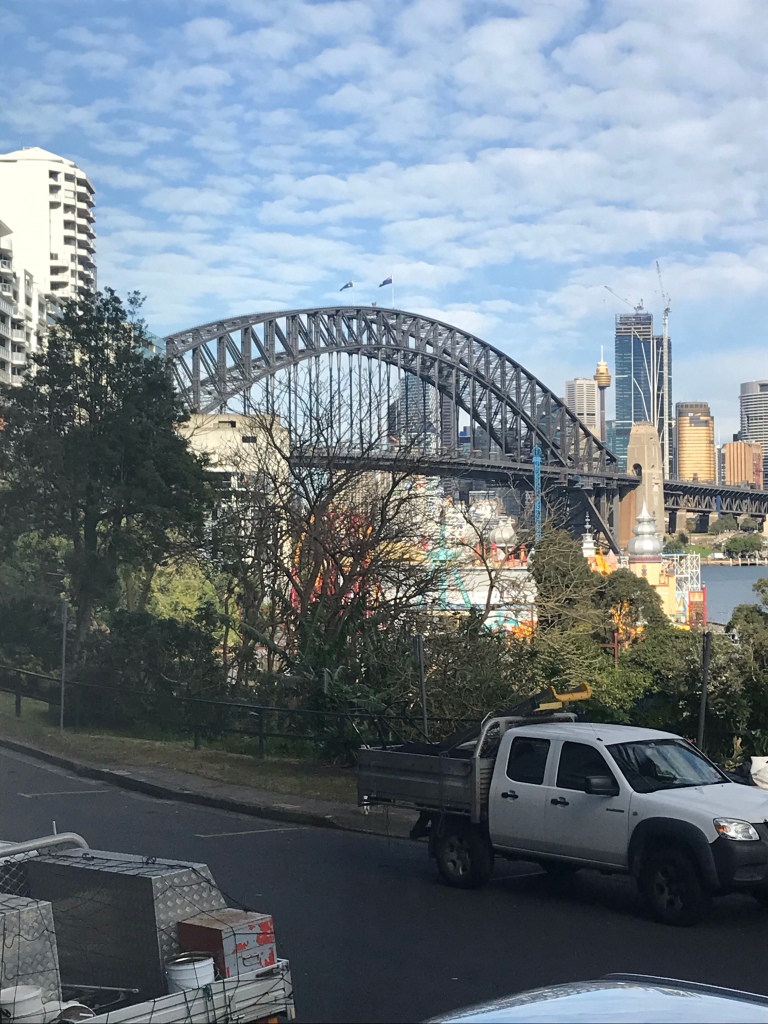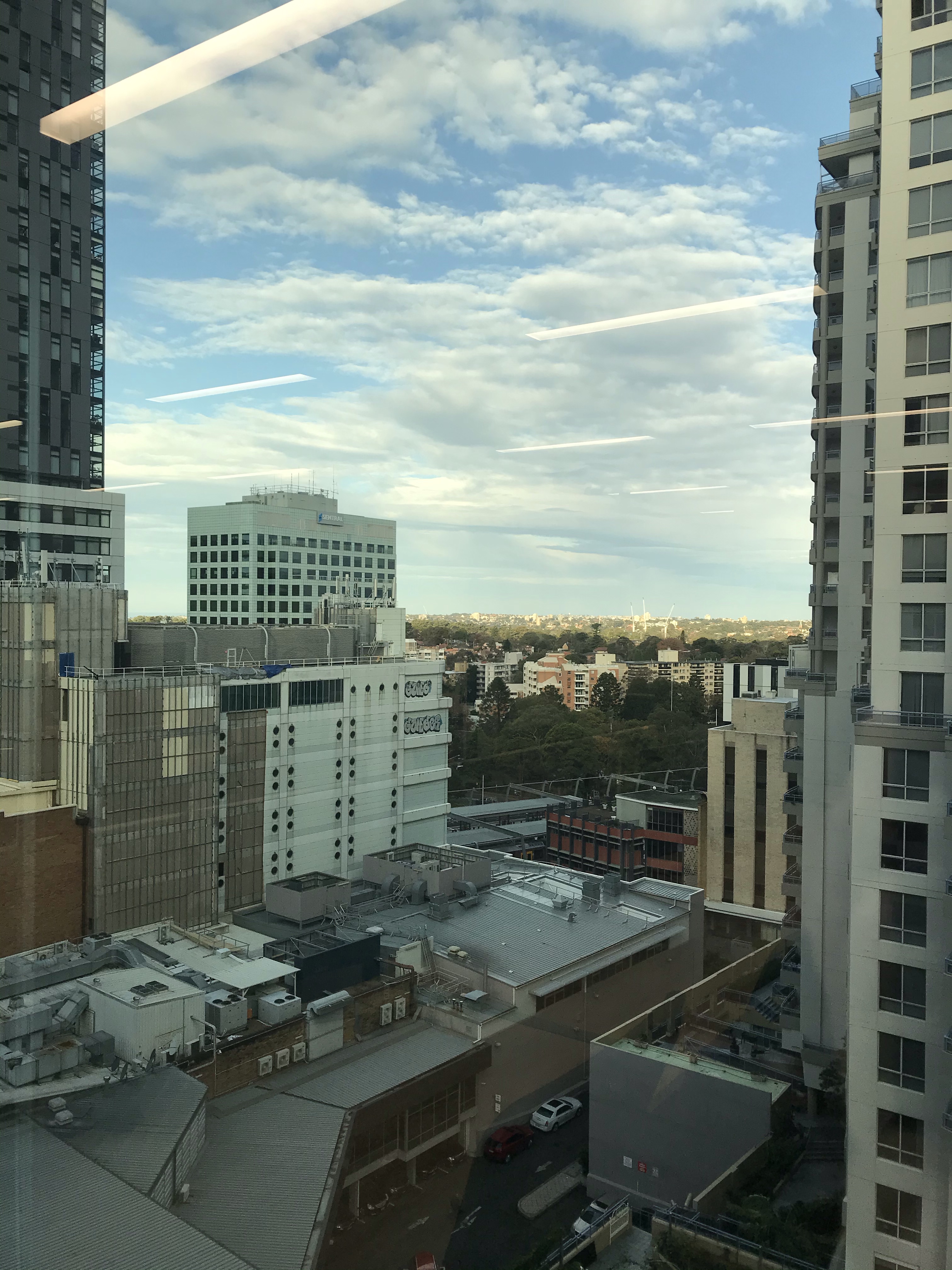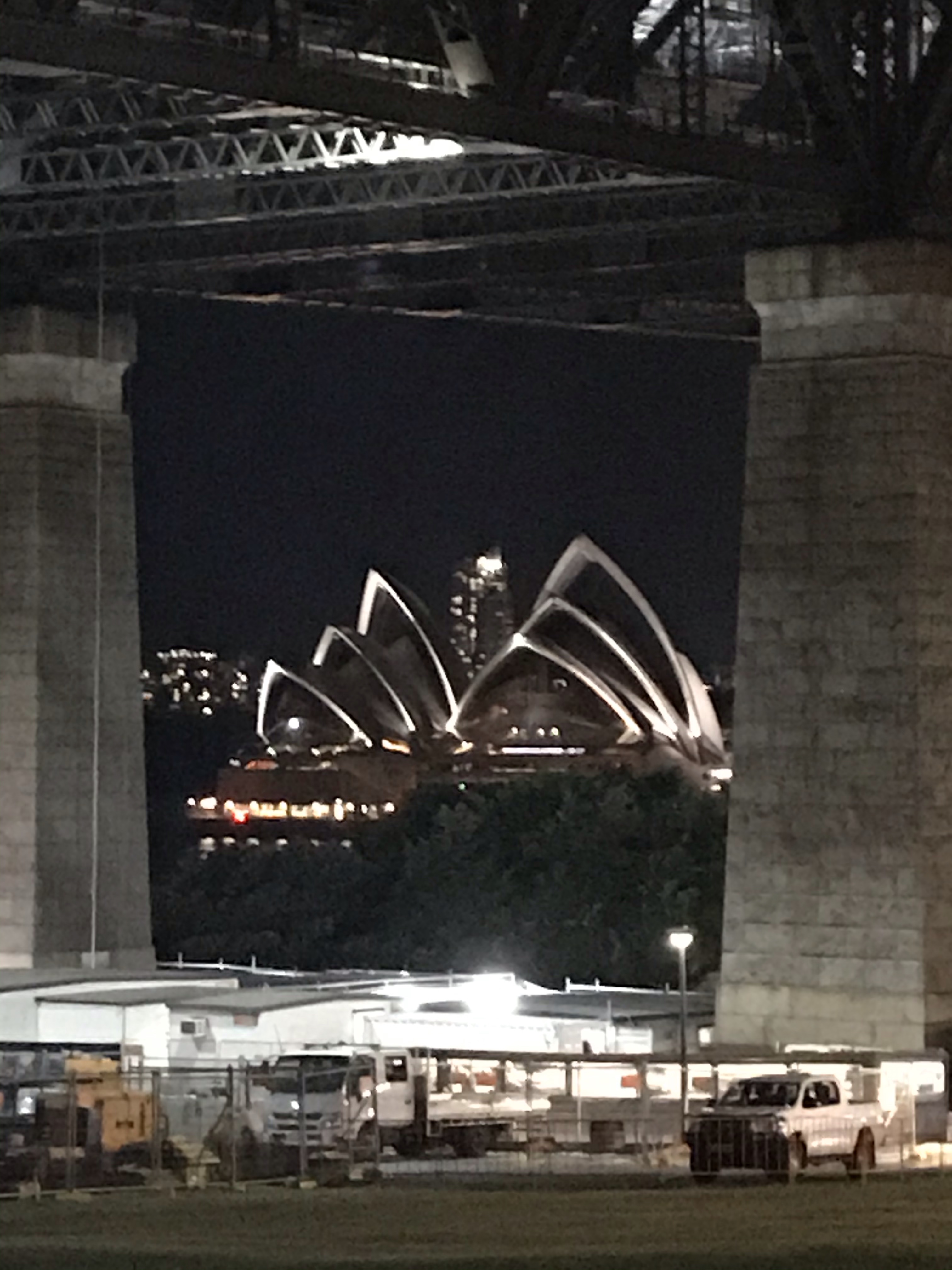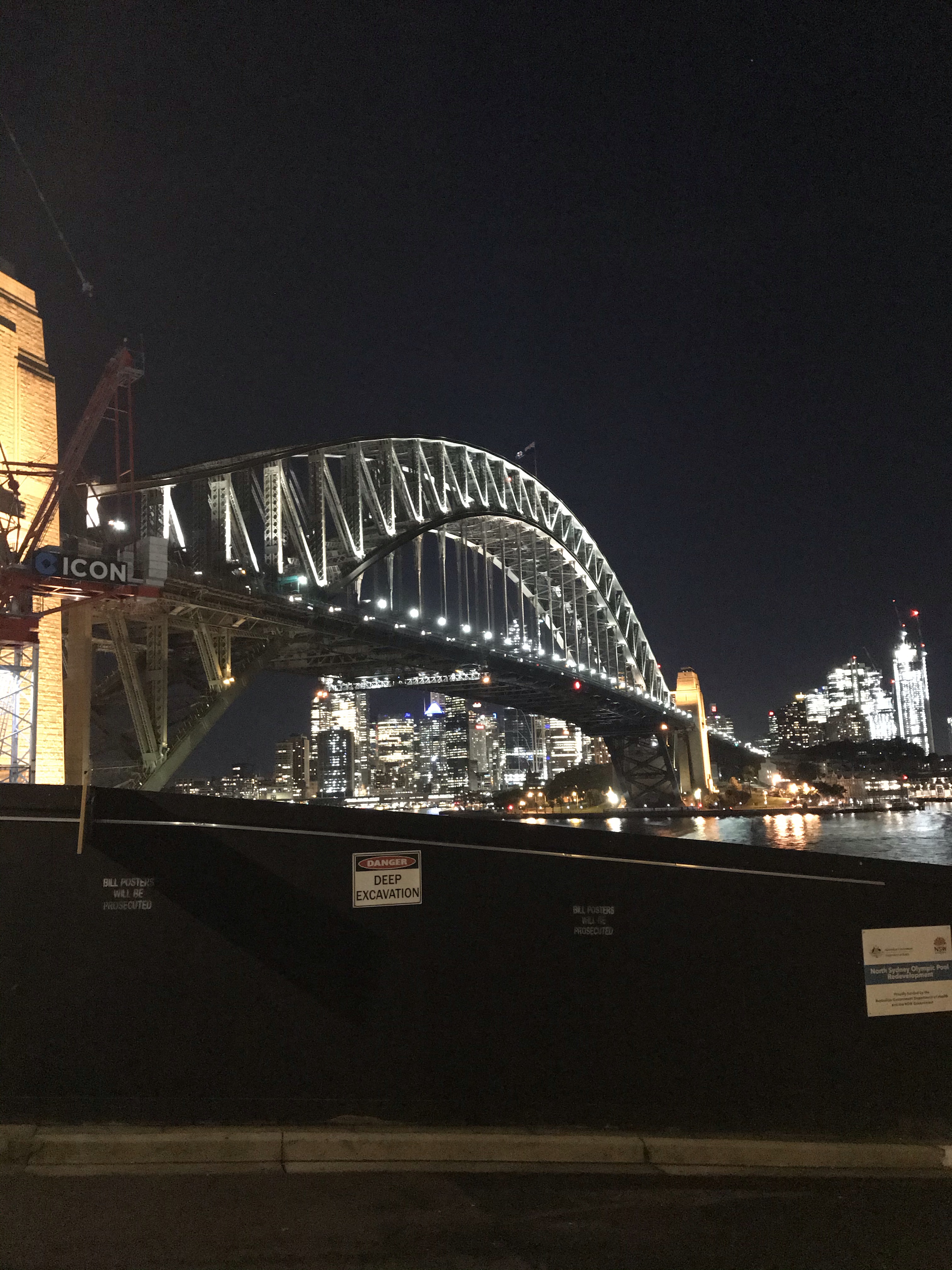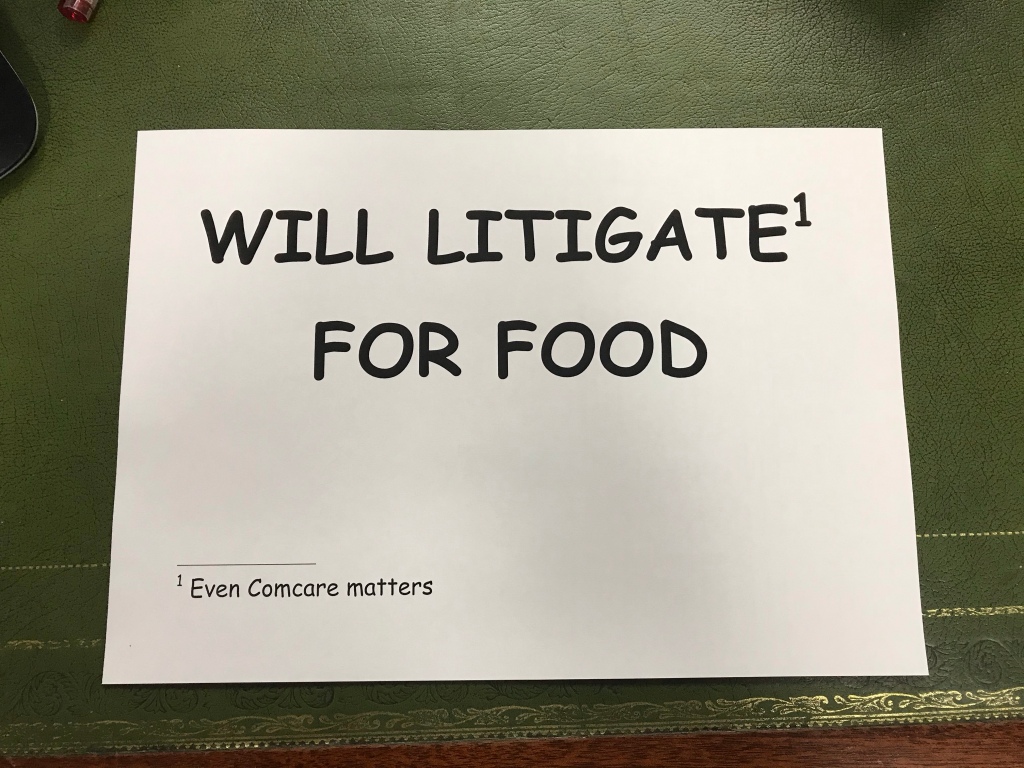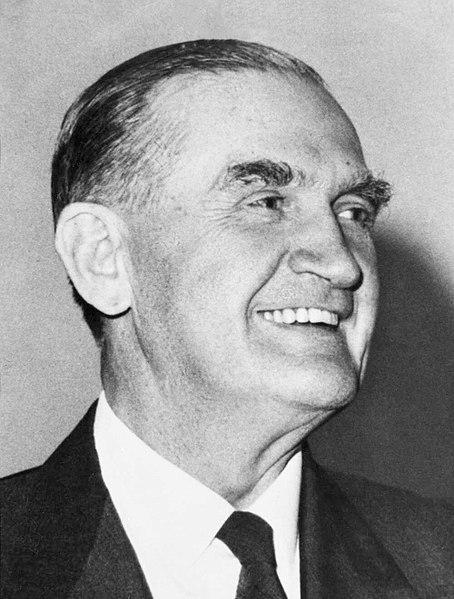Despite anything you’ve heard to the contrary, it is possible to put a price on human life. At least, it is if you’re Vyacheslav Gladkov. The Belgorod Regional Governor has committed to paying compensation to the families of civilians killed as a result of fighting in Ukraine (for example, by Ukrainian missiles hitting the city). A death will be compensated with 3 million rubles (AUD$74,866.81) and injuries by 500,000 rubles each (AUD$12,477.04). Compensation also appears to be available for property damage (at least, fraud on property damage claims has been identified).
A harder approach to compensation, however, seems to be creeping in. A Telegrammer identifying himself as “Oleg” appears to write from Russian occupied Ukraine or the Russia-Ukraine border. He is pro-Russian. He recently posted –
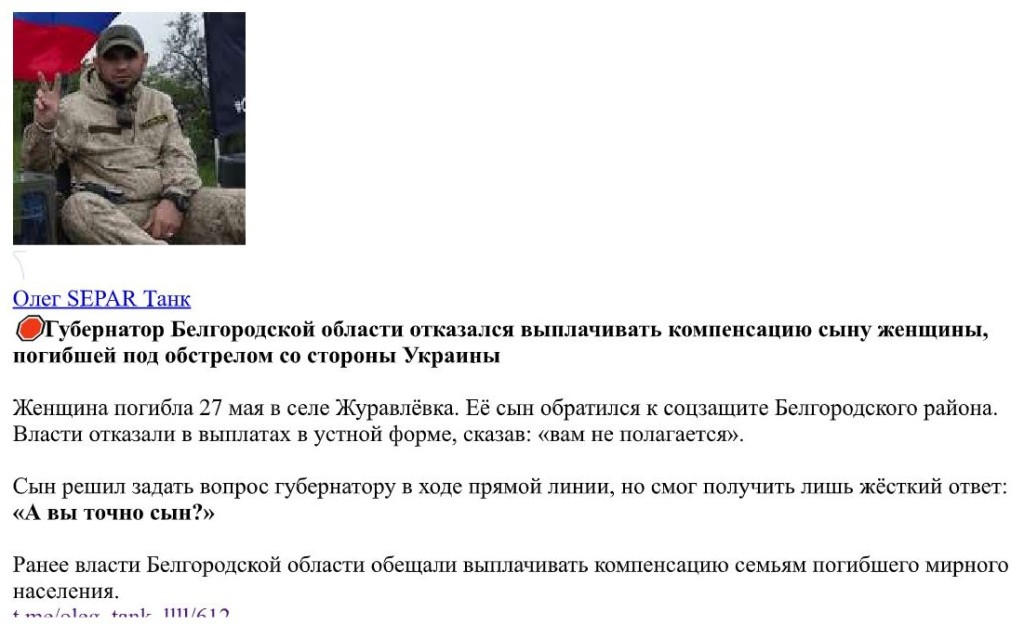
Telegram’s helpful auto-translate function translates this as –
The governor of the Belgorod region refused to pay compensation to the son of a woman who died under shelling from Ukraine
The woman died on May 27 in the village of Zhuravlyovka. Her son turned to the social protection of the Belgorod region. The authorities verbally denied the payments, saying, “You’re not supposed to.”
The son decided to ask the governor a question during a direct line, but he could only get a tough answer: “Are you sure you are a son?”
Earlier, the authorities of the Belgorod region promised to pay compensation to the families of the dead civilians.
“Oleg”
Common law and civil law systems have been hesitant to award fault-based compensation for military injuries: See Shaw Savill & Albion Co Ltd v Commonwealth (1940) 66 CLR 344; [1943] ALR 264 and BGH NJW 1952, 1010 III. Civil Senate (III ZR 100/51) = VersR 1952, 352 –
Shell fire may make anyone, even healthy persons, liable to be hit. It is in no way foreseeable how hostile fire may be directed. For the civil population being struck by a shell was a ‘new and independent event’ of a purely accidental character. The danger might be avoided to a certain extent by seeking shelter at once. Whether it was generally ‘right’ to run to a neighbouring house or a bunker could be at least doubtful. The probability that the plaintiffs could be hit, when they ran to seek shelter, was, according to general experience, not less than the danger for the injured party in case he remained standing or lying down. In view of this ‘accidental effect’ of a few shots happening at short intervals, running away might have proved ‘wrong’ and standing or lying down ‘right’.
There is no reason to think the government of President Putin will submit itself to legal liability over the invasion of Ukraine: see its lack of reaction to the International Court of Justice decision in Allegations of Genocide under the Convention on the Prevention and Punishment of the Crime of Genocide (Ukraine v. Russian Federation), 2022 ICJ __, ___ (March 16) (Order on request for the indication of provisional measures). For better or worse, the Belgorod deceased’s family are likely to be left to the mercies of Russia’s social welfare system.


